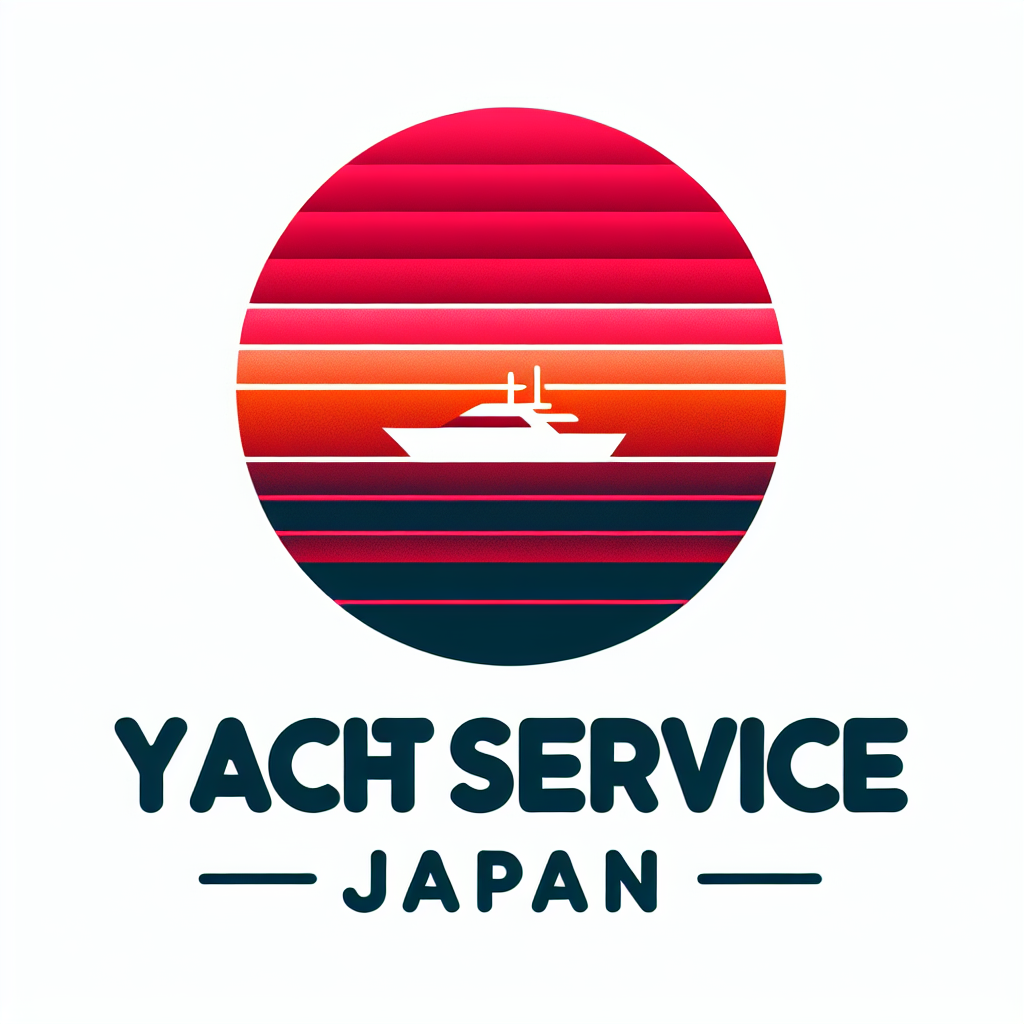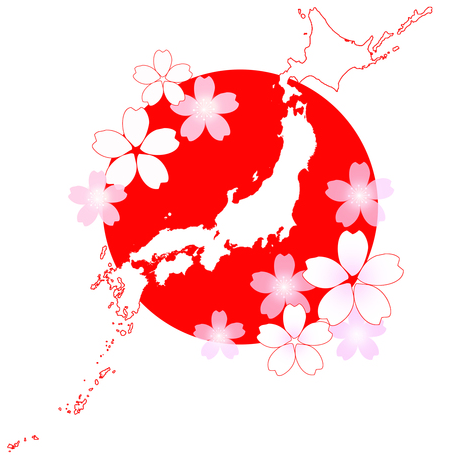
Japan, the country name means “Country of Sunrise”, is an island country located in East Asia. It consists of 6,852 islands including the Japanese Islands, the Ryukyu Islands and the Izu-Ogasawara Islands, covering an area of about 378,000 square kilometers. The whole territory of the country is surrounded by the Pacific Ocean and the Sea of Okhotsk, the Sea of Japan and the East China Sea. The west is adjacent to the Korean Peninsula and the Russian Far East, the northeast is connected to the Thousand Islands, the southwest is Taiwan and the eastern part of China. With a population of 126 million, it ranks 11th in the world, with more than 35 million people living in the metropolitan area of the capital Tokyo and surrounding counties. It is the largest metropolitan area in the world. The polity has a constitutional monarchy, the emperor’s emperor is a symbol of the country and the people, and the actual political power is governed by the cabinet led by the National Assembly and the Prime Minister (Prime Minister). The state is a constitutional political system of monarchy.
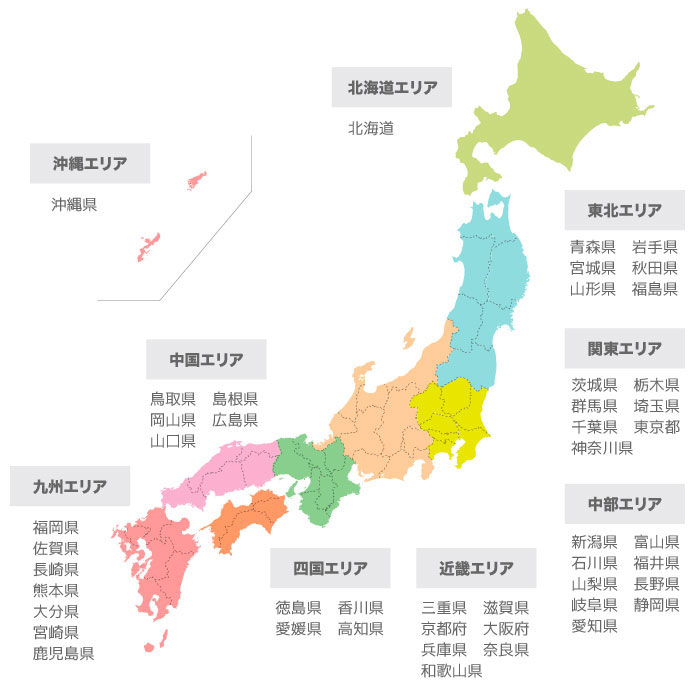
The land of Japan is located to the east of Eurasia and to the west of the Pacific Ocean. It consists of three arcuate archipelagos (Japanese Islands, Ryukyu Islands, Izu-Ogasawara Islands). The four major islands of Hokkaido, Kyushu, Honshu and the four countries account for 99.37% of the country’s land area. Japan is usually classified in the East Asian or Northeast Asian region, with North, Russia, West and North Korea, South Korea, Southwest China and Eastern China, and Taiwan across the sea, and the Philippines and the Philippines across the sea. 75% of the country’s land area is a mountainous hilly area, so the forest coverage rate is high, but it is not suitable for farming. The cultivated land area only accounts for 11.1% of Japan’s land. Therefore, Japan’s population is concentrated in the coastal areas, and Japan’s population density ranks 37th in the world. Japan has a narrow territory and a total length of 3,800 kilometers from north to south, similar to Australia, Madagascar and the United States.

The Japanese archipelago can be divided into two major regions, East Japan and West Japan, according to the geological structure. The boundary line is the Shibukawa-Shizuoka structure line between the city of Higashi, Niigata Prefecture and Shizuoka City, Shizuoka Prefecture. Near the Japanese archipelago is the junction of the Eurasian plate, the Philippine sea plate, the Pacific plate and the North American plate, and Japan’s highest mountain, Mount Fuji, at an altitude of 3,776 meters.
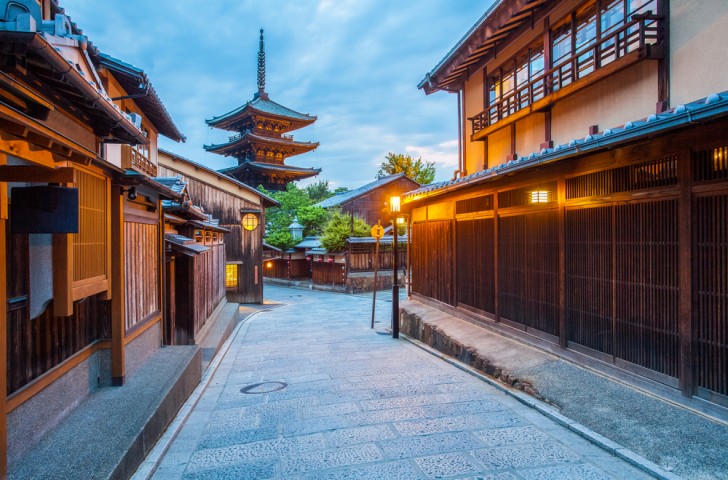
The Japanese culture dates back over about 2000 years of fascinating history, all which is very evident in Japan; however the historical past is right alongside the future, in one of the most modern societies and infrastructures on earth. Couple all of this with some of the most incredible cruising in the world, a climate that stretches from skiing in the North, to beaching in the south, wildlife, food, people, landscape … this makes the experience of cruising Japan, a life changing.
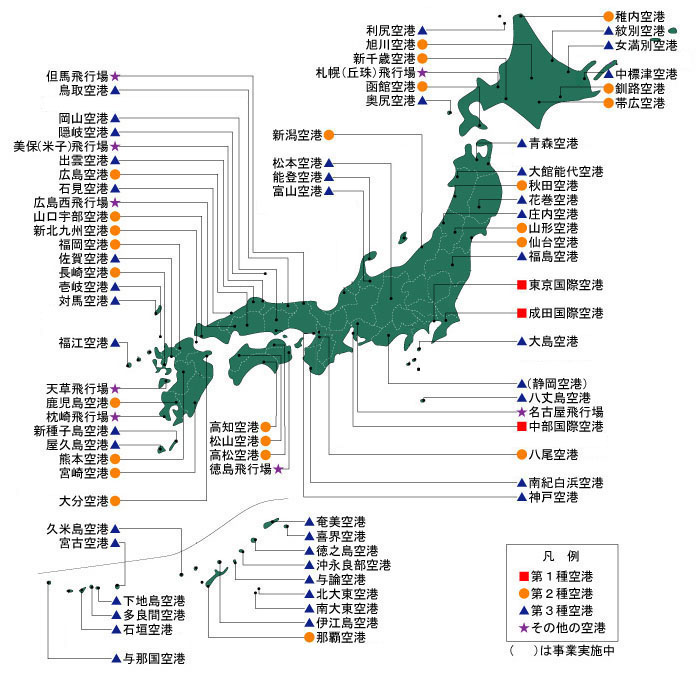
Japan extends more than 3000 kilometers from north to south and has 50% more coastlines than the United States. The yacht infrastructure is good and a large yacht marina has been established for over 30 years. There are about 100 airports in Japan, half of which are international airports, many of which have jet centers. There are plenty of domestic flights around Japan.

Japan has 1,079 commercial ports, (Refuge port 35), 122 major shipyards: 101 airports (5 non-public airports) and 570 marina (sea station 168), but the marina is mainly 20ft For small yachts in the marina up to 80ft, a new mega yacht facility dedicated to Yokohama will be installed in 2020. Japan is building the infrastructure for the future.

Cruising in Japan is year round and there are 5 broad cruising regions.
The Southern Islands region consist of the island chain stretching from Taiwan to the most South Westerly mainland Islands of Kyushu. These Islands are often referred to as Ryukyu and the most southerly island Ishigaki serves as the gateway into Japan from the South and West with excellent clearing in facilities and an international airport. Its easy to spend a week just cruising around the small Island group of Ishigaki, but further along are the Islands on of Miyako, Zamami, Okinawa, Amami Oshim, Yakushima and many more. These latitudes are similar to Florida and the Bahamas, with crystal clear warm waters and stunning coral reefs and beaches. Many of the islands themselves are mountainous jungles.
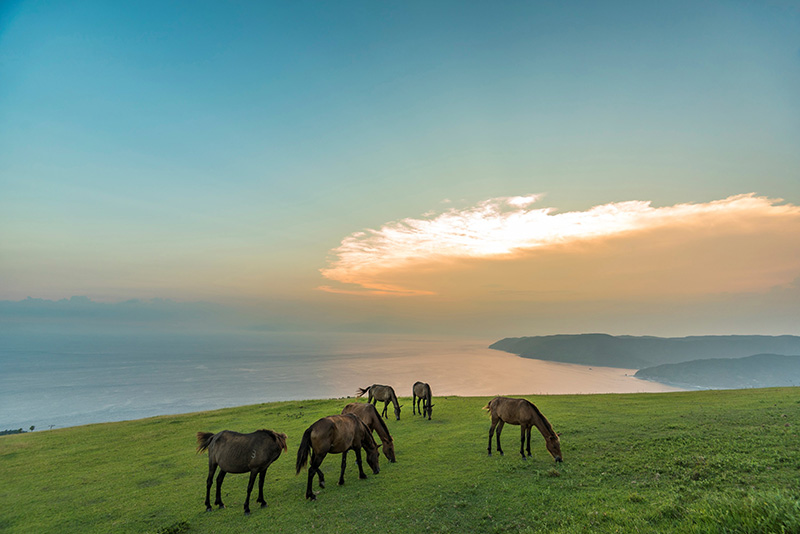
Kyushu and is hundreds of outlying Islands is a fascinating experience. It is a very large island with many volcanoes and hot springs; and areas of great culture and beauty. Growing cities like Fukuoka have good marinas for yachts of up to and over 90 meters. The port city of Nagasaki has stunning mega yacht docks in the middle if the city and was described recently as an absolute “must do” experience for owners and guests.

The Seto Naikai (Inland Sea) is one of the prime jewels in Japan’s cruising crown. 300 miles long with 3,000 islands, the waterway is completely sheltered from the open ocean by the islands of Kyushu in the West, Honshu to the North and East and Shikoku to the South. The massive mountains on these bordering islands, make the inland sea a protected area d=from ocean swells as well as winds from typhoons, etc. The city of Hiiroshima is in the Inland Sea and again is a must see stop on a Japan cruise. Deserted islands, private islands, restaurant, hotel and spa destinations, golf, art islands; all ending up in the Kansai megalopolis of Osaka, Kobe and Kyoto.

The far North Route is wild and remote, taking in the island of Hokkaido and its outlying Islands. This area is like Maine and Newfoundland with Icebergs and completely frozen seas in winter, and has a wealth of wildlife and natural beauty.

The Southern Coast route is back into the Pacific Ocean and is the cruising route from Osaka to Tokyo and Yokohama. Taking in the Shizuoka coastline under Mount Fuji, Ise and it thousands of shrines, the rugged coastline of the Izu Penninsular and the coastal town of Atami, known as “little Monaco”, to Yokohama the port city right next to Tokyo, making up the largest and richest city in the world, home to almost 35 million people. Tokyo has more Michelin stars than London, Paris and New York combined, This is Japan.
